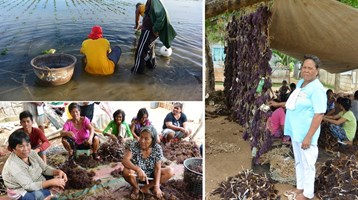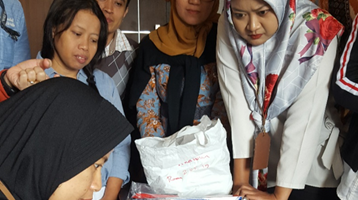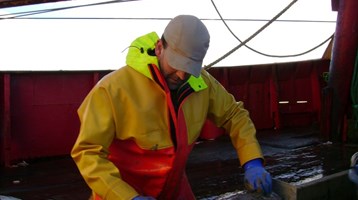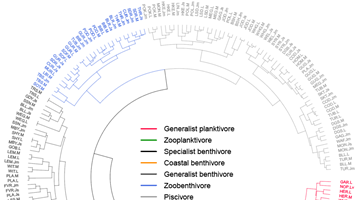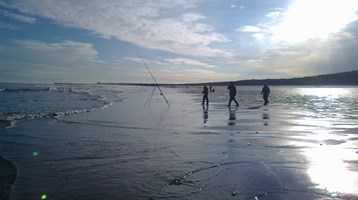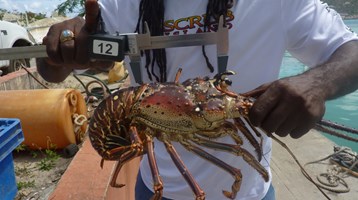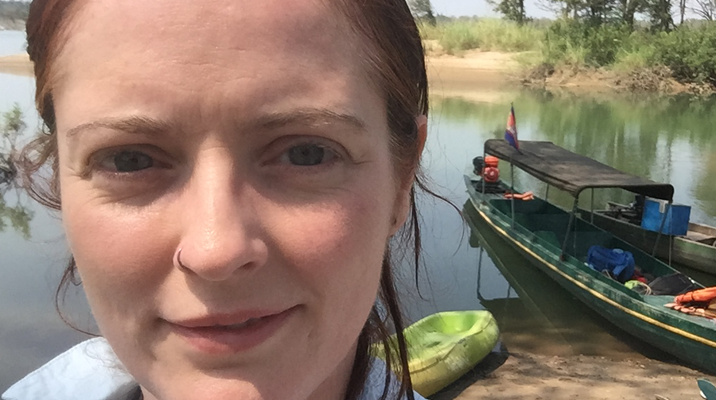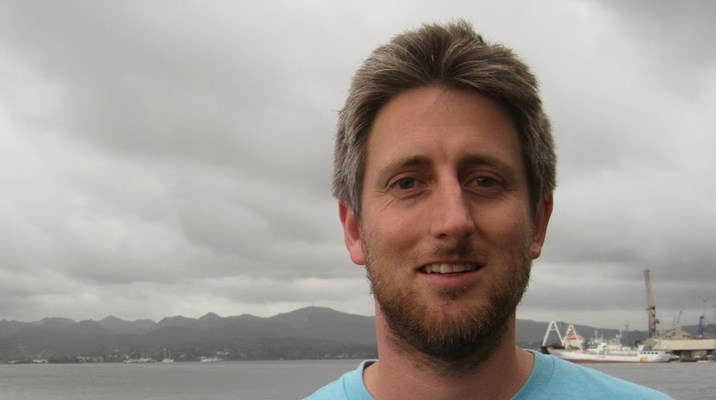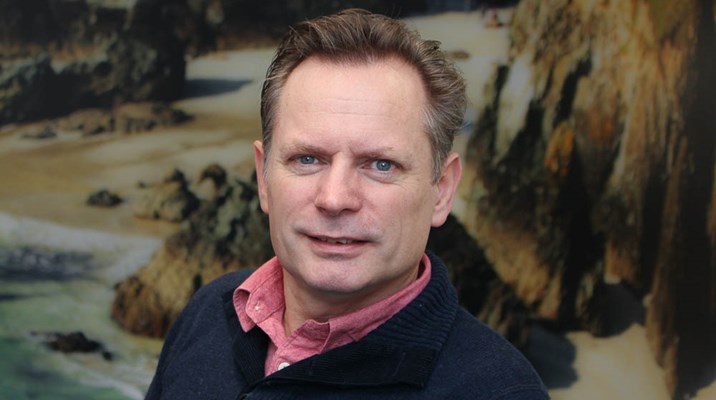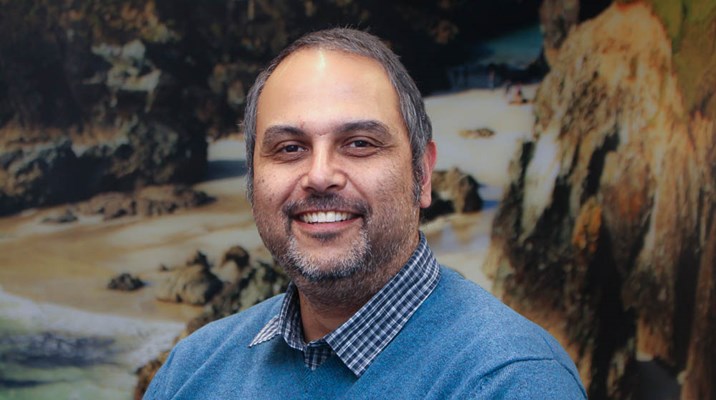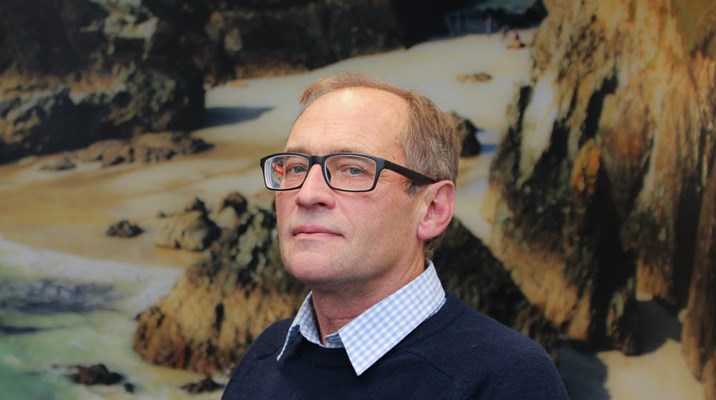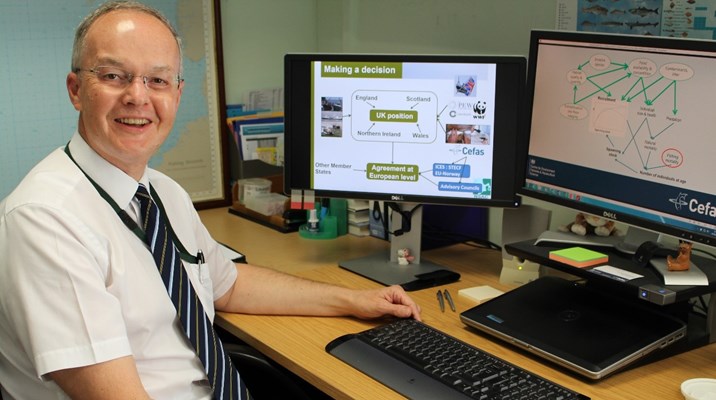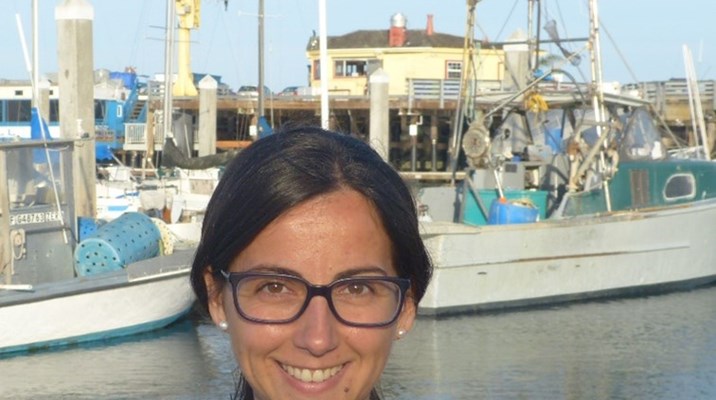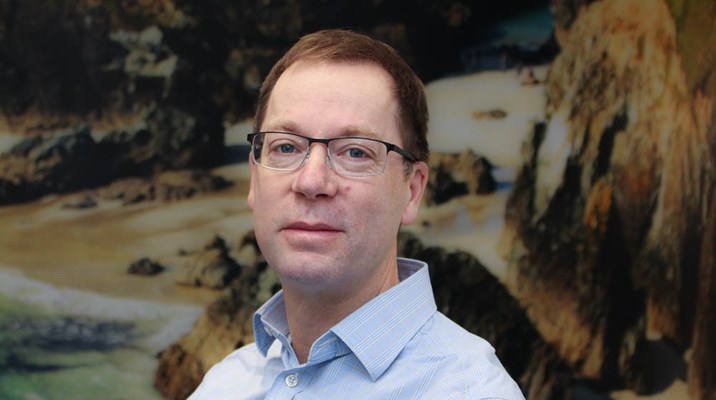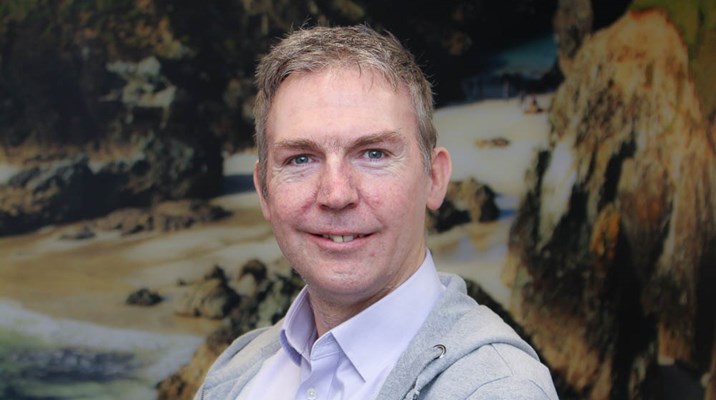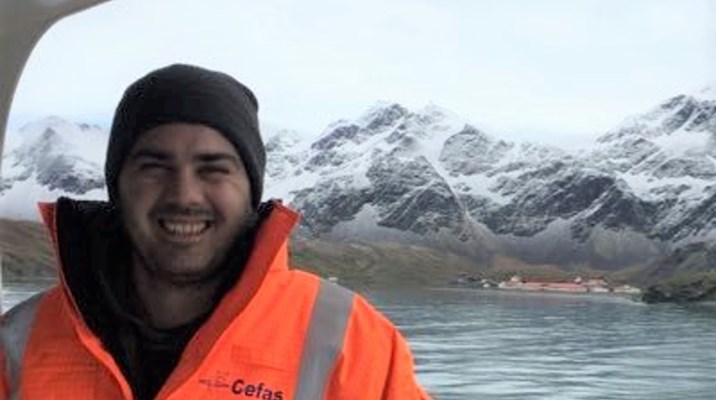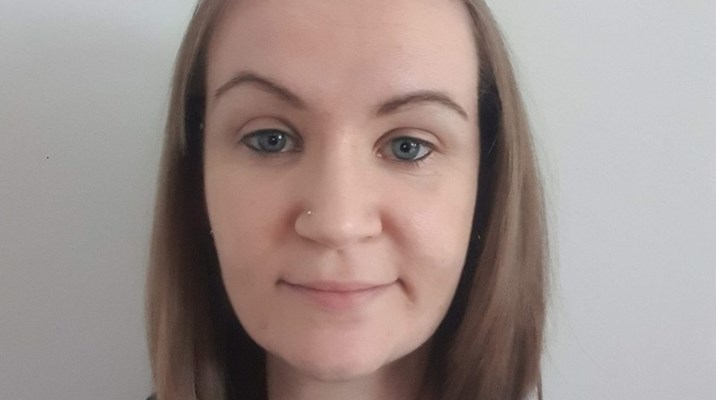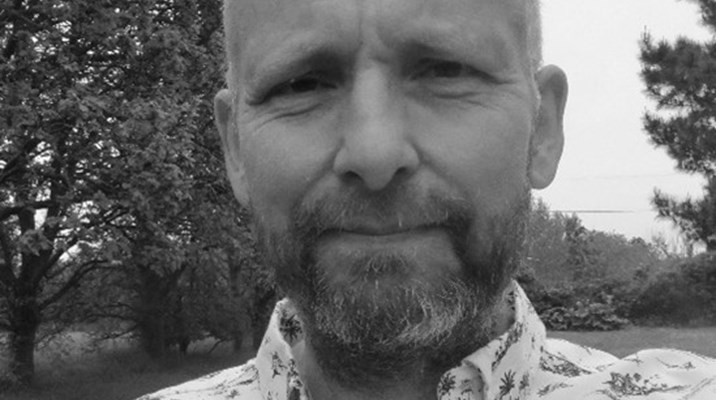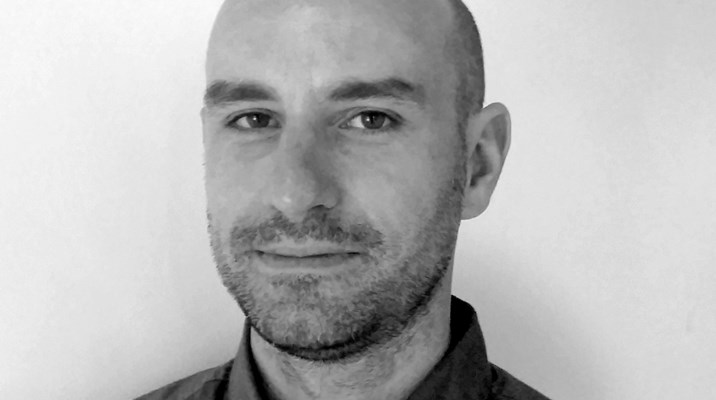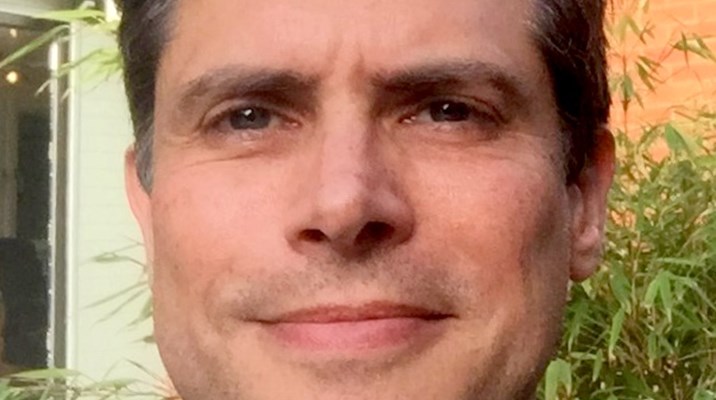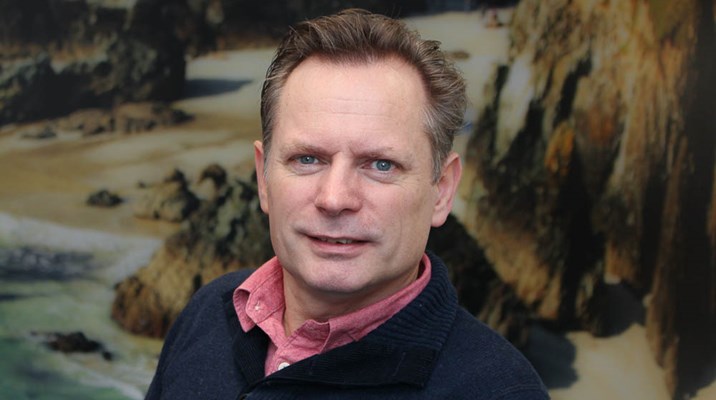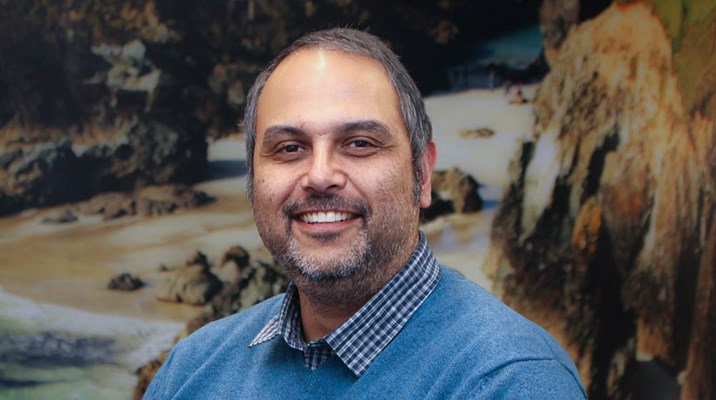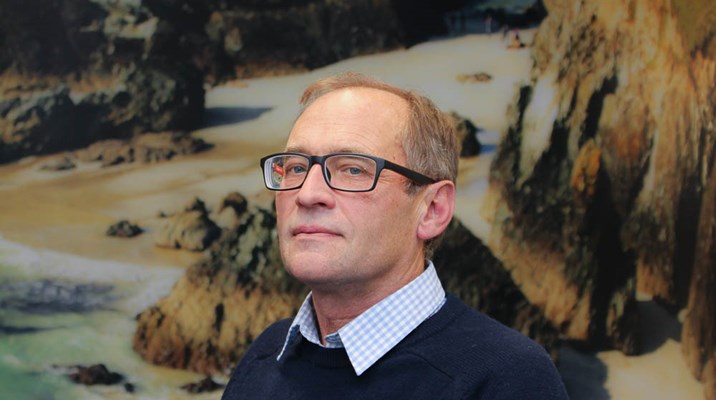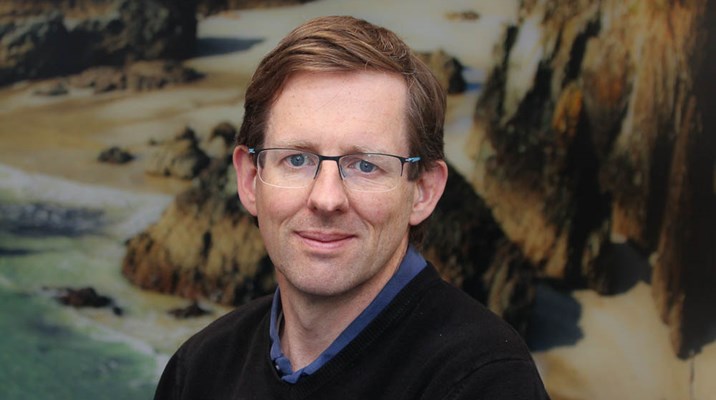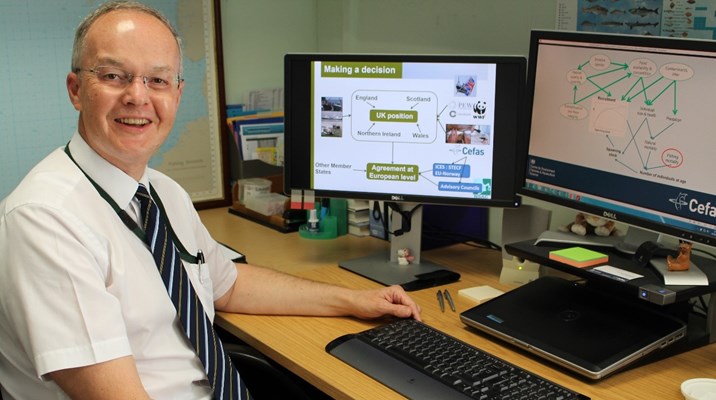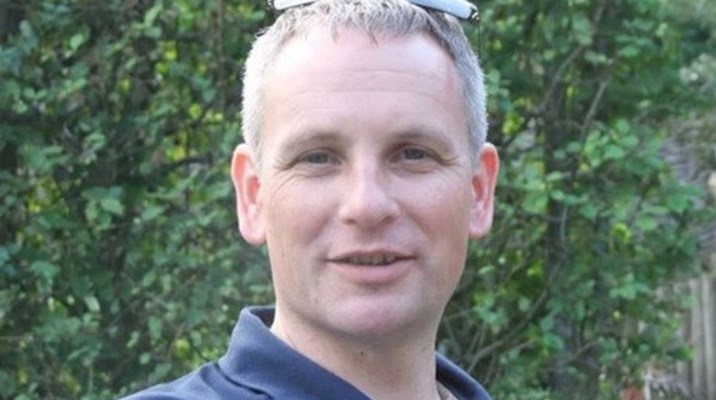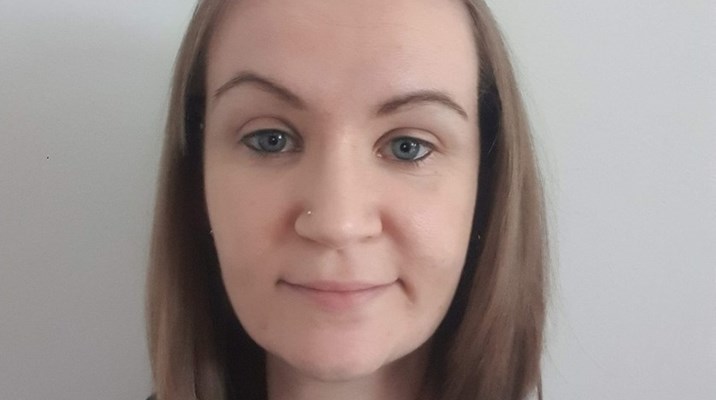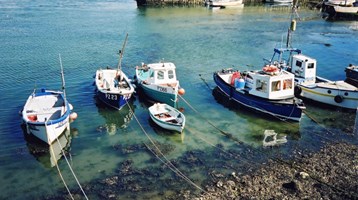Dr David Murray
Fisheries Scientist
Currently I am building genomic tools for sustainable fisheries and working with the ICES Stock Identification Working Group to determine biologically relevant stock structures. Additionally, I am collaborating with the University of East Anglia and Institute of Marine Research, Norway to improve the sustainability of Atlantic salmon aquaculture.

I began my career working as a Fish Biologist at the Clyde River Foundation where I completed freshwater fish surveys, invasive species monitoring, educational outreach programs and helped develop fisheries management plans. I then undertook a PhD at the University of Glasgow and investigated the impacts of dietary macronutrients on wild and farmed salmonids, as well as investigating environmentally driven gametes adaptations in European whitefish. Having completed my PhD I accepted Post-Doctoral positions and Research Fellowships at various research institutes across Europe (WasserCluster Research Institute, Leibniz Institute of Freshwater Ecology and Inland Fisheries, University of East Anglia) where I continued to work on fish biology through the lens of aquaculture. During this time, I worked on a variety of species and learned multiple physiological, biochemical and genetic techniques in my efforts to enhance the sustainability of aquaculture without compromising the commercial value of the industry. I have also worked extensively on investigating the relevance of evolutionary concepts, such as life-history trade-offs, phenotypic plasticity and speciation events, on fish populations.
I am interested in developing genomic fisheries tools within Cefas to facilitate accurate population structuring of species for stock assessments. Additionally, I want to develop this research so that Cefas can identify adaptive regions of the genome within aquatic species in order to monitor how environmental stressors such as climate change and overfishing are impacting the health of populations and assess how we think this will affect their biology moving forward. I still have a strong interest in aquaculture, specifically investigating how increasing our knowledge of fish welfare in aquaculture can assist with increasing production, the nutritional quality of products and the sustainability of the industry.
Publications:
Selected Publications:
- Bergero, R., Ellis, P., Haerty, W., Larcombe, L., Macaulay, I., Mehta, T., Mogensen, M., Murray, D., Nash, W., Neale, M. J., O’Connor, R., Ottolini, C., Peel, N., Ramsey, L., Skinner, B., Suh, A., Summers, M., Sun, Y., Tidy, A., … Immler, S. (2021). Meiosis and beyond – understanding the mechanistic and evolutionary processes shaping the germline genome. Biological Reviews, 96(3), 822–841. https://doi.org/https://doi.org/10.1111/brv.12680
- Murray, D. S., Kainz, M. J., Hebberecht, L., Sales, K. R., Hindar, K., & Gage, M. J. G. (2018). Comparisons of reproductive function and fatty acid fillet quality between triploid and diploid farm Atlantic salmon (Salmo salar). Royal Society Open Science, 5(8), 180493. https://doi.org/10.1098/rsos.180493
- Jacobs, A., Doran, C., Murray, D. S., Duffill Telsnig, J., Laskowski, K. L., Jones, N. A. R., Auer, S. K., & Præbel, K. (2018). On the challenges and opportunities facing fish biology: a discussion of five key knowledge gaps. Journal of Fish Biology, 92(3), 690–698. https://doi.org/https://doi.org/10.1111/jfb.13545
- Murray, D. S., Hager, H., Tocher, D. R., & Kainz, M. J. (2014). Effect of partial replacement of dietary fish meal and oil by pumpkin kernel cake and rapeseed oil on fatty acid composition and metabolism in Arctic charr (Salvelinus alpinus). Aquaculture, 431, 85–91. https://doi.org/https://doi.org/10.1016/j.aquaculture.2014.03.039
- Murray, D. S., Bain, M. M., & Adams, C. E. (2013). Adhesion mechanisms in European whitefish Coregonus lavaretus eggs: is this a survival mechanism for high-energy spawning grounds? Journal of Fish Biology, 83(5), 1221–1233. https://doi.org/https://doi.org/10.1111/jfb.12218


